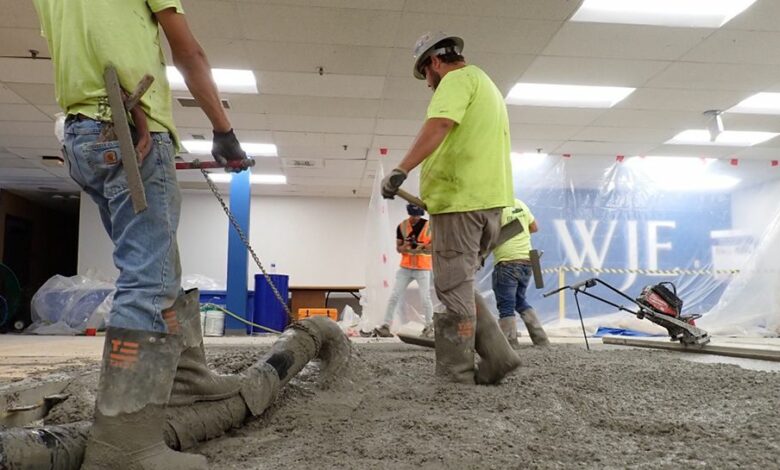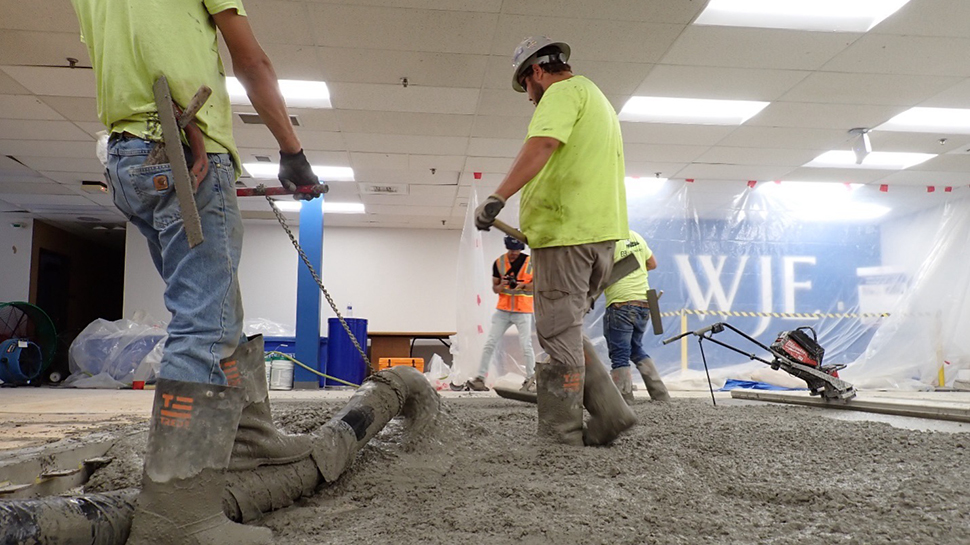Talk about rock solid: Tech giants unite to create a global standard for… concrete?


The Open Compute Project Foundation (OCP) has announced a new collaboration with leading technology companies including AWS, Google, Meta and Microsoft to test and promote the use of low embodied carbon concrete, also known as “green concrete,” in data center construction.
This initiative is part of a broader effort to promote the adoption of environmentally friendly construction materials. The project aims to significantly reduce greenhouse gas emissions associated with data center construction by developing concrete mixes that reduce the carbon footprint by more than 50% per cubic meter.
The project will reportedly involve testing four different concrete mixes with varying levels of global warming potential, the lowest of which achieved the targeted 50% reduction in carbon emissions compared to standard concrete. The formulas use alternative cements and additional materials that are commercially available but have not been widely adopted due to perceived risks and implementation challenges.
Sustainable building practices
The announcement was made during a demonstration event on August 8 at the Wiss, Janney, Elstner Associates, Inc. (WJE) facility in Northbrook, Illinois.
The event was attended by senior representatives from AWS, Google, Meta, and Microsoft, as well as members of the White House Council on Environmental Quality, the U.S. Department of Energy, and other government and environmental organizations.
With this open source approach, the project aims to increase confidence in new concrete technologies and create a market that accelerates the sector’s transition to more sustainable practices.
The move is seen as a critical step in reducing the carbon footprint of data centre construction and promoting sustainable construction practices across the sector. The findings will be compiled into a whitepaper and made public to encourage wider adoption of low embodied carbon concrete. The extensive testing plan includes both laboratory and field assessments to evaluate the performance of these new mixes, with the results informing future industry practices.




